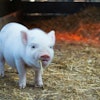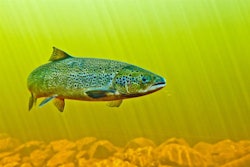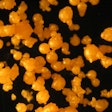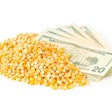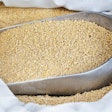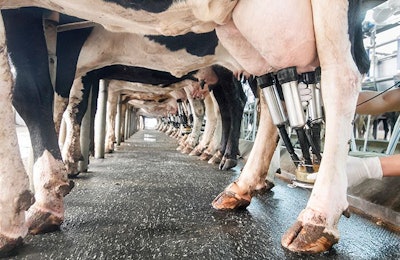
Innovation could continue to reduce emissions from dairy cattle for decades to come, consultant says
Increased efficiencies from improved genetics and the advance of technology continued to reduce emissions from the dairy cattle industry in the past decade, according to a recent study from the Journal of Animal Science.
Although U.S. milk production increased 25% between 2007 and 2017, total greenhouse gas emissions from milk production increased just 1%, according to the report. One million metric tons of milk produced just 81% of the emissions in 2017 as the equivalent amount of milk in 2007, thanks to an overall decrease in waste, land use, feed consumption, and in the total size of the U.S. dairy herd.
Milk production required 75% as many cattle in 2017 as in 2007, while using 70% as much water, 79% as much land, and consuming just 83% as much feed, according to the Journal of Animal Science.
“I think the dairy institution should really be proud of what they’ve done,” said Jude Capper, an independent livestock consultant and the lead author of the October paper. “This hasn’t been done with the intention of cutting the carbon footprint. It’s simply about being better at what we do every single day, and I think it should be applauded.”
Capper and her colleagues had previously authored a 2009 paper documenting similar increases in efficiency between 1944-2007, but she said they wanted to write an updated report to determine the extent to which progress had continued in the past decade.
Though the industry has already seen massive increases in efficiency, Capper said she still believes there is room for decreases in emissions to continue. The average cow, even in the U.S., is still one-third less productive than the world’s top performing cattle, she said. Additional breeding and innovation will continue to close that gap.
“We’ve still got a fairly long way to go. We can still continue to make gains, I would say, for the next 10-20 years,” she said. “And who knows what the dairy industry will look like in 20 years. The industry could be completely transformed.”
Capper also anticipates rapid gains in developing countries, where in some cases cattle produce 1/20 as much milk as the average U.S. cow. She said that while no one strategy has by itself driven gains in emissions from dairy cattle, a trend toward smaller, more efficient cows — Jersey cattle in particular — better reproductive performance, improve nutrition and disease control, and other factors have all played a role.
